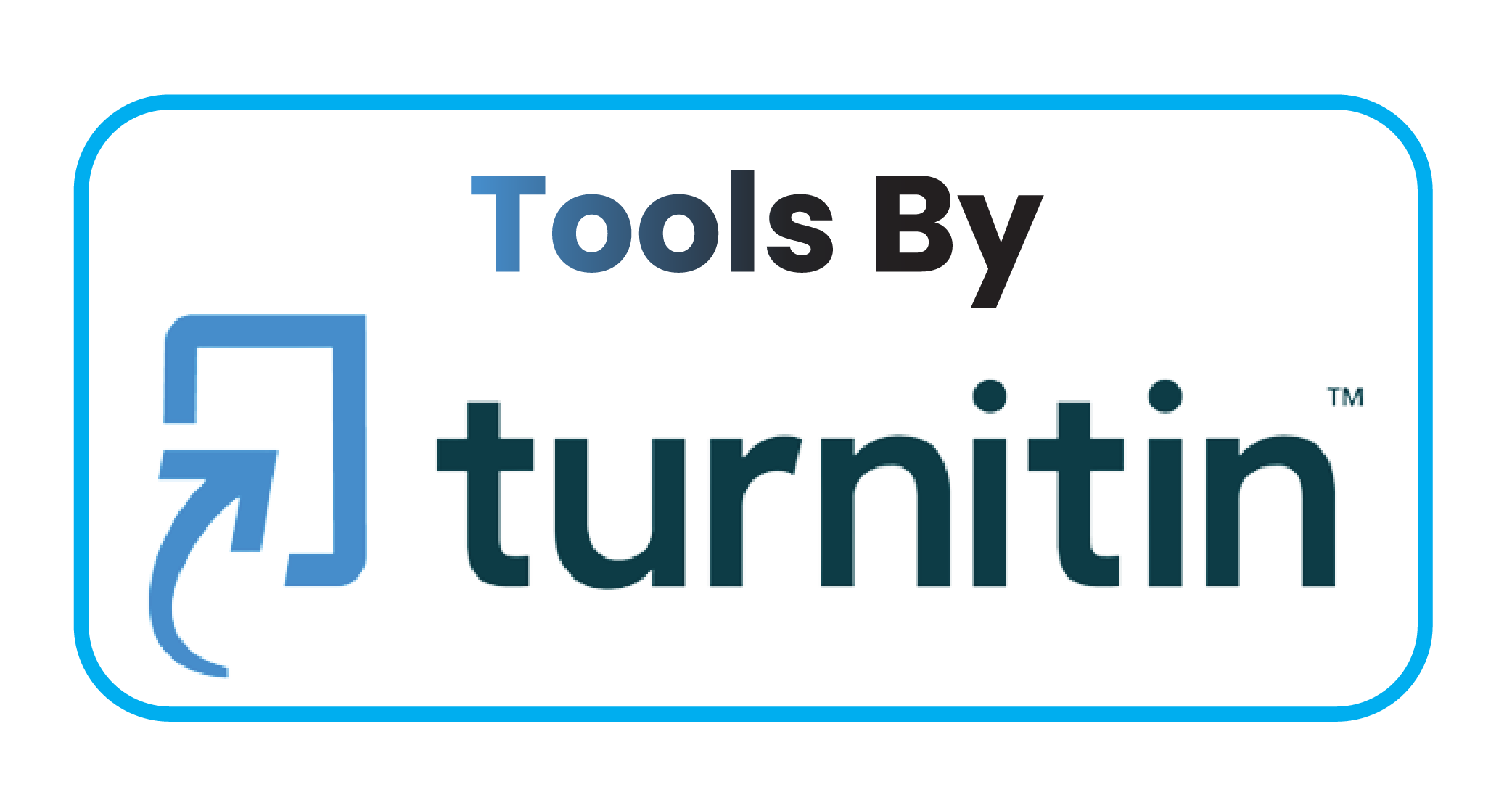Social Media Influence on Millennials’ Purchase Intentions for H&M Fashion Items During Covid-19
DOI:
https://doi.org/10.59888/ajosh.v3i8.560Keywords:
Information Sharing, Trustworthiness, Expertise, Entertainment, Electronic Word-of-MouthAbstract
Since the start of the Covid-19 pandemic epidemic, lockdown has badly impacted and negatively affected the majority of businesses in Malaysia. It had a big impact on the fashion business, especially at H&M. Due to its fashion knowledge and trend spotting abilities, it is one of the largest and fastest growing fashion clothing firms in the world. It is also a fashion brand that millennials find to be highly appealing. It exposed every flaw in the widely-applied conventional business models, particularly those that placed a strong emphasis on the "quick fashion" idea. When considering the unique attributes at the fundamental of the fast fashion business model, such as excessive production waste and the organisational disposal of wastes, which were constrainedly connected with an abundance of supply, the impact on this industry with a highly globalised supply chain was important from an industrial and economic output perspective. Due to their upbringing in an environment where brands and marketing are prevalent, millennials are significantly more brand sensitive and materialistic. The majority of millennials interact with social media platforms often and are receptive to its impact. The quick growth of the social media sector is affecting consumers' purchasing intentions. The goal of this study is to better understand the social media presence-building strategies that brands might use, as well as how these strategies may directly influence millennials' likelihood to buy throughout Coivd-19. In order to discover trends and formulate expectations, this study uses quantitative approaches to collect and analyse data. Descriptive statistics, the Pearson Correlation Coefficient, and stepwise multiple linear regression analysis will all be used in the analysis, which will be done using a questionnaire. In this study, the purpose was evaluated using a total of five elements, including information sharing, trustworthiness, expertise, entertainment, and electronic word of-mouth (eWOM).
References
Nuzapril, M., Susilo, S. B., & Panjaitan, J. P. (2017). Hubungan antara konsentrasi klorofil-a dengan tingkat produktivitas primer menggunakan citra satelit landsat-8. Jurnal Teknologi Perikanan dan Kelautan, 8(1), 105–114.
Abdullah, T., Deraman, S.N., Zainuddin, S.A., Azmi, N.F., Siti, Abdullah, S., Anuar, N.I., Mohamad, S.R., Zulkiffli, W.F., Hashim, N., Abdullah, A.R., Rasdi, A.L., Hazriah, & Hasan (2020). Impact Of Social Media Influencer On Instagram User Purchase Intention Towards The Fashion Products: The Perspectives Of Students. European Journal of Molecular & Clinical Medicine, 7(8), 2589-2598.
Allain-Dupré, D. (2020). The territorial impact of COVID-19: Managing the crisis across levels of government. OECD Policy Responses to Coronavirus (COVID- 19), 1-41.
Bhandari, P. (2022, October 10). What Is Quantitative Research?: Definition, Uses & Methods. Scribbr. Retrieved October 24, 2022, from https://www.scribbr.com/methodology/quantitative-research/
Boykoff, M., Chandler, P., Church, P., & Osnes, B. (2021). Examining climate change and sustainable/fast fashion in the 21st century: ‘Trash the Runway’, Oxford Open Climate Change, 1(1), 1-13.
Grotts, A.S., & Johnson, T.W. (2013). Millennial consumers’ status consumption of handbags. Journal of Fashion Marketing and Management, 17(3), 280-293.
Heaney, J. (2007). Generations X and Y's internet banking usage in Australia.
Journal of Financial Services Marketing, 11(3), 196-210.
Kumar, J., Konar, R., & Balasubramanian, K. (2020). The Impact of Social Media on Consumers’ Purchasing Behaviour in Malaysian Restaurants. Journal of Spatial and Organizational Dynamics, 8(3), 197-216.
Lazarevic, V. (2012). Encouraging brand loyalty in fickle generation Y consumers.
Young Consumers: Insight and Ideas for Responsible Marketers, 13(1), 45-61.
Loroz, P.S., & Helgeson, J.G. (2013). Boomers and their Babies: An Exploratory Study Comparing Psychological Profiles and Advertising Appeal Effectiveness Across Two Generations. Journal of Marketing Theory and Practice, 21(3), 289
- 306
Majumder, H., & Maity, K. P. (2018). Predictive analysis on responses in WEDM of titanium grade 6 using general regression neural network (GRNN) and multiple regression analysis (MRA). Silicon, 10(4), 1763-177
McCombes, S. (2022, October 10). Sampling methods: Types, techniques & examples. Scribbr. Retrieved October 24, 2022, from https://www.scribbr.com/methodology/sampling-methods/
Mininni, T. (2005). Maintaining brand relevance with kids. Young Consumers: Insight and Ideas for Responsible Marketers, 6(3), 23-25.
Muran. L (2007). Profile of H&M: A pioneer of fast fashion. Textile Outlook International, 130, 26.
Noble, S.M., Haytko, D.L., & Phillips, J.G. (2009). What drives college-age Generation Y consumers? Journal of Business Research, 62(6), 617-628.
QuestionPro. Purposive sampling: A tool for informant selection. (2022, August 29). Retrieved December 22, 2022, from https://www.questionpro.com/blog/purposive-sampling/
Sheth, S.N. (2013). Social media, a new revolution in the field of marketing: the effect of information sharing, peer pressure, entertainment and emotional connection on attitude towards the brand and in turn the purchase intention from the brand. University of South Carolina, 1-55.
Smith, P. (2021, November 1). H&M: Sales Development during Coronavirus Crisis 2020. Statista. Retrieved October 26, 2022, from https://www.statista.com/statistics/1133661/h-and-m-sales-growth-coronavirus- crisis/
Valaei, N., & Nikhashemi, S.R. (2017). Generation Y consumers’ buying behaviour in fashion apparel industry: a moderation analysis. Journal of Fashion Marketing and Management, 21(4), 523-543.
Xia, Y., Chan, H. K., Zhong, L., & Xu, S. (2021). Enhancing hotel knowledge management: The influencing factors of online hotel reviews on travellers’ booking intention. Knowledge Management Research & Practice, 1-12.
Xue, F., Dong, L., Gao, B., Yu, Z., & Taras, V. (2020). Understanding the relationships between distances and herd behavior in online reviews: The moderating effects of hospitality experience. International Journal of Contemporary Hospitality Management, 32(10), 3295-3314.
Yazici, B. (2016). Attitudes Of Generation Y Towards Luxury Products And Youth-Led Change In Luxury Consumptionbehaviour. The Turkish Online Journal of Design, Art and Communication, 6(3), 291-306
Downloads
Published
Issue
Section
License
Copyright (c) 2025 Thio Erika Stephanie, Alif Ikrami Bin Mutti

This work is licensed under a Creative Commons Attribution-ShareAlike 4.0 International License.
Authors who publish with this journal agree to the following terms:
- Authors retain copyright and grant the journal right of first publication with the work simultaneously licensed under a Creative Commons Attribution-ShareAlike 4.0 International. that allows others to share the work with an acknowledgement of the work's authorship and initial publication in this journal.
- Authors are able to enter into separate, additional contractual arrangements for the non-exclusive distribution of the journal's published version of the work (e.g., post it to an institutional repository or publish it in a book), with an acknowledgement of its initial publication in this journal.
- Authors are permitted and encouraged to post their work online (e.g., in institutional repositories or on their website) prior to and during the submission process, as it can lead to productive exchanges, as well as earlier and greater citation of published work.










